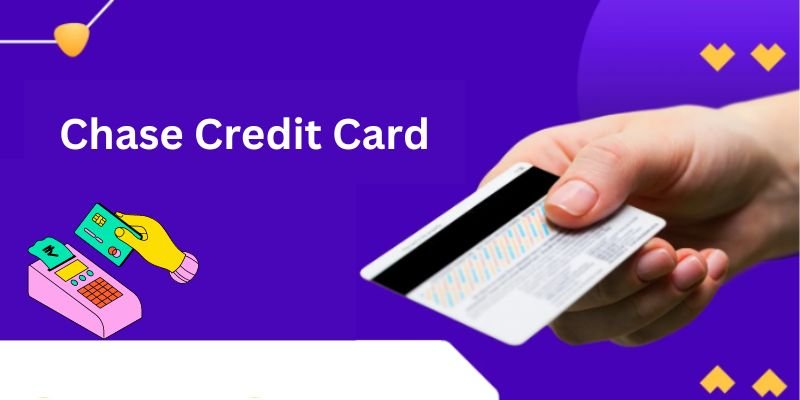10 Best Paying Jobs In Real Estate Investment Trusts (REITs)
Real Estate Investment Trusts Are you seeking a lucrative career switch? If the answer is yes, explore this comprehensive guide to discovering high-paid job opportunities within real estate investment trusts (REITs). Some of the most rewarding careers can be found in unpredictable sectors, and real estate investment trusts (REITs) are no exception. While it may … Read more










